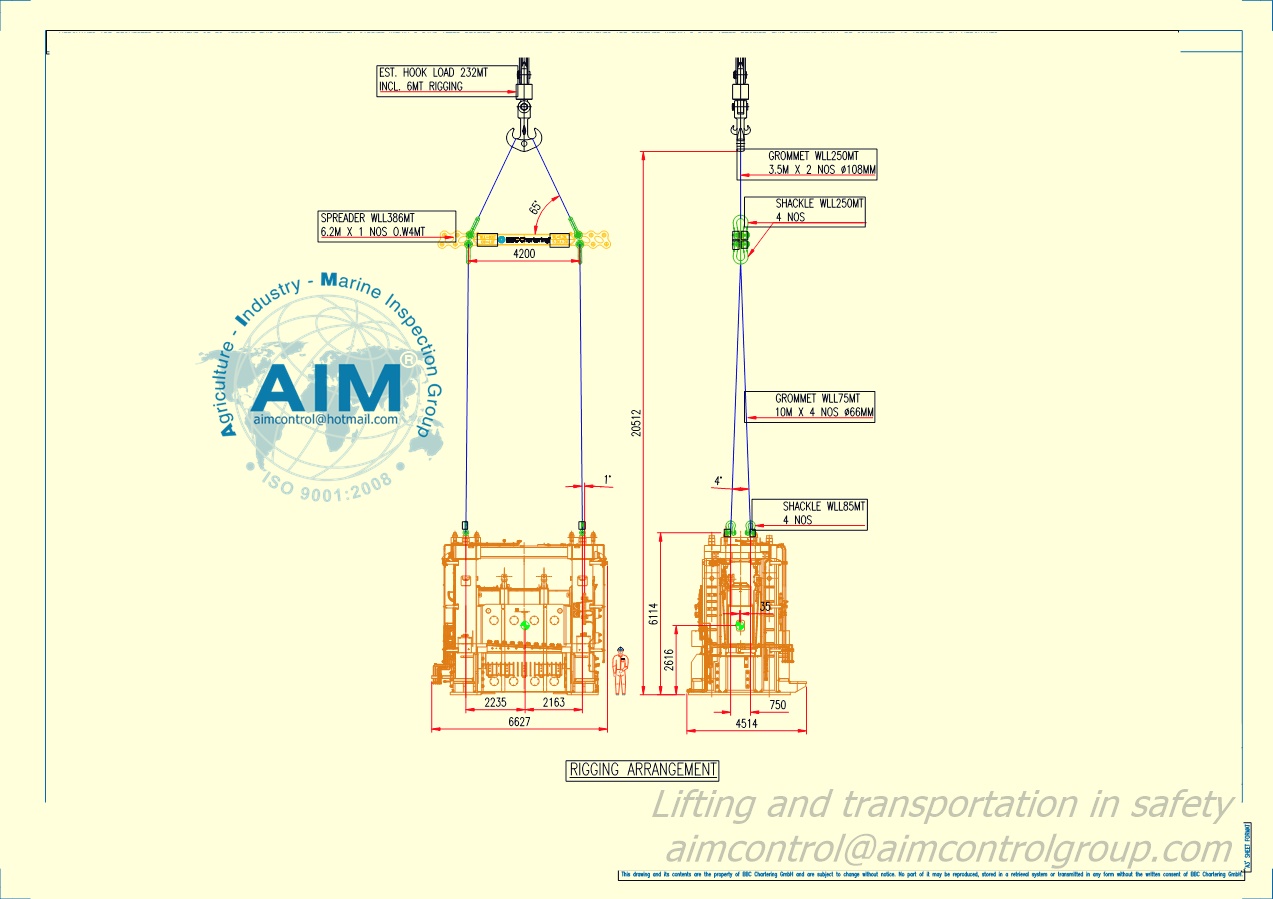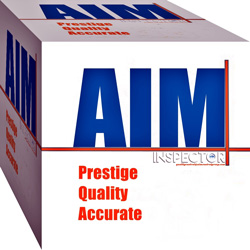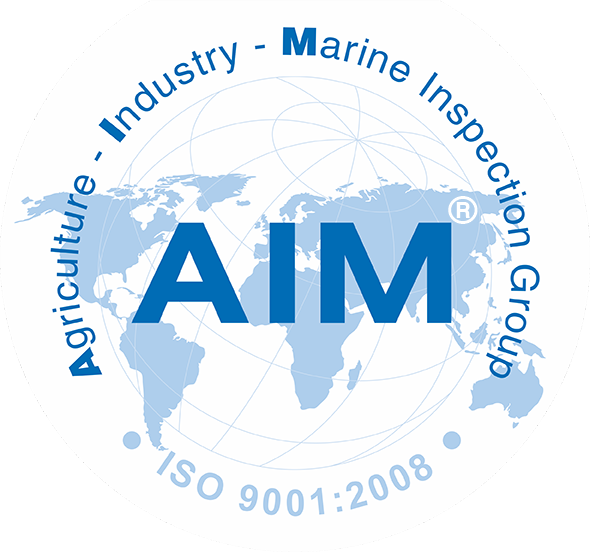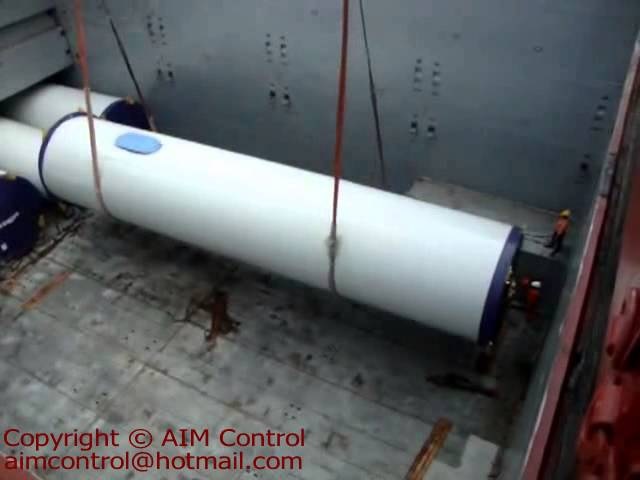Lifting Lashing Securing and Towing Survey
Lifting Lashing Securing and Towing Survey
Lifting Lashing Securing and towing survey is a type of marine warranty survey and approval that involves inspecting and evaluating the condition and arrangement of the cargo, the ship, the barge, and the tug boat that are used for transporting large-scale structures or heavy equipment at sea.
It is usually conducted by an independent and qualified marine surveyor and the technical maritime experts team of AIM Group who reports on the findings and recommendations based on the survey. Lifting Lashing Securing and towing survey can be done for various purposes, such as:
-
Pre-shipment: to determine and identify that all aspects are up to standard to leave the factory.
-
Pre-loading: To ensure that the condition of cargo is properly lifting, secured and lashed on the barge before loading.
-
Pre-towing: To ensure that the barge and the tug boat are seaworthy and ready for towing.
-
Post-towing: To ensure that the cargo, the barge, and the tug boat are intact and undamaged after towing.
-
Insurance: To determine the risk and coverage of the cargo, the barge, and the tug boat for insurance purposes.
-
Compliance: To verify the compliance of the cargo, the barge, and the tug boat with the relevant regulations, standards, and codes.

Why is Lifting Lashing Securing and towing survey important?
Lifting Lashing Securing and towing survey is important for several reasons, such as:
Safety: Lifting Lashing Securing and towing survey can help ensure the safety of the crew, the cargo, and the environment by detecting and preventing any potential hazards or defects that could compromise the stability and functionality of the barge and the tug boat during towing.
Quality: Lifting Lashing Securing and towing survey can help maintain and improve the quality and performance of the cargo, the barge, and the tug boat by identifying and rectifying any issues or deficiencies that could affect the efficiency and reliability of the towing operation.
Value: Lifting Lashing Securing and towing survey can help protect and enhance the value and reputation of the cargo, the barge, and the tug boat by providing an objective and credible assessment of their condition and suitability for their intended use.
How is Lifting Lashing Securing and towing survey conducted in basic?
Lifting Lashing Securing and towing survey is conducted by following a systematic and comprehensive procedure that covers various aspects of the cargo, the barge, and the tug boat, such as:
Cargo: The cargo is the structure or equipment that is transported on the barge. The cargo is inspected for any signs of damage, corrosion, or deformation that could affect its integrity and functionality. The cargo is also inspected for its proper securing and lashing on the barge, using appropriate materials and methods, such as chains, wires, ropes, straps, or brackets.
Barge: The barge is the ship without self-propulsion that carries the cargo. The barge is inspected for any signs of damage, corrosion, or leakage that could affect its strength and stability. The barge is also inspected for its proper draft, trim, and stability, as well as its deck accessories, such as fenders, manholes, and sideboards.
Tug boat: The tug boat is the ship with self-propulsion that pulls the barge. The tug boat is inspected for any signs of damage, corrosion, or malfunction that could affect its performance and operation. The tug boat is also inspected for its proper power, propulsion, and navigation systems, as well as its towing equipment, such as winches, hooks, and towing lines.
The surveyor will use various tools and methods to conduct the inspection, such as:
Visual: The surveyor will observe and examine the cargo, the barge, and the tug boat by sight, using a flashlight, magnifying glass, or camera if necessary.
Physical: The surveyor will measure and test the cargo, the barge, and the tug boat by touch, using a hammer, gauge, meter, or probe if necessary.
Technical: The surveyor will analyze and verify the cargo, the barge, and the tug boat by data, using a computer, software, or device if necessary.
The surveyor will document the findings and recommendations of the inspection in a report, using a standard or customized format depending on the purpose and scope of the survey. The report will include:
Executive summary: A brief overview of the main findings and recommendations of the survey.
Survey questionnaire: A detailed list of questions and answers that cover the various aspects of the cargo, the barge, and the tug boat.
List of deficiencies: A specific list of items that need to be repaired, replaced, or improved on the cargo, the barge, or the tug boat.
Photographs: A visual evidence of the cargo, the barge, and the tug boat and any notable issues or defects.
Supporting documentation: A reference of any relevant information or data that support the survey, such as certificates, manuals, records, or logs.

Conclusion:
Lifting Lashing Securing and towing survey is a valuable and essential service that can help owners, operators, charterers, insurers, and regulators to assess and improve the condition, performance, and compliance of their cargo, barge, and tug boat. Lifting Lashing Securing and towing survey can also help prevent and reduce the risks and costs of accidents, incidents, claims, and disputes that could arise from the towing operation. Therefore, it is advisable to conduct a Lifting Lashing Securing and towing survey regularly and professionally to ensure the safety, quality, and value of the towing operation.
Referring to Towing surveyors and Approvals Organization
Loading and securing surveyors certificated
Vietnam Albania Algeria American Samoa Angola Antigua Antilles Argentina Aruba Ascension Island Australia Austria Azores Bahamas Bahrain Bangladesh Barbados Belarus Belgium Belize Bermuda Bolivia Brazil Brunei Darussalam Bulgaria Burkina Cambodia Cameroon Canada Canary Islands Cape Verde Islands Cayman Islands Chile China Colombia Cook Islands Costa Rica Croatia Cuba Cyprus Czech Republic Denmark Djibouti Dominican Republic Ecuador Egypt El Salvador Estonia Falkland Fiji Finland France French Guiana French Polynesia Gabon Gambia Georgia Germany Ghana Gibraltar Greece Greenland Grenada Guadeloupe Guam Guatemala Guyana Haiti Honduras Hong Kong Hungary Iceland India Indonesia Iran Ireland Isle of Man Israel Italy Ivory Coast Jamaica Japan Jordan Kazakhstan Kenya Korea Kuwait Latvia Lebanon Libya Lithuania Luxembourg Macao Madagascar Madeira Malaysia Maldives Malta Mauritius Mexico Micronesia Moldova Monaco Morocco Myanmar Namibia Netherlands Antilles New Zealand Nigeria Norway Oman Pakistan Panama Papua New Guinea Paraguay Peru Philippines Poland Portugal Puerto Rico Qatar Republic of Panama Romania Russia Samoa Saudi Arabia Scotland Senegal Sierra Leone Singapore Slovakia Slovenia Solomon Islands South Africa South Korea Spain Sri Lanka St. Kitts and Nevis St. Lucia St. Vincent Suriname Sweden Switzerland Syria Taiwan Thailand Trinidad and Tobago Tunisia Turkey Turkmenistan Turks. Ukraine United Arab Emirates United Kingdom Uruguay US Venezuela Virgin Islands Yemen Yugoslavia Zambia Zimbabwe at Harbor (Harbour), Sea Ports, any Vendors and premises of suppliers.







